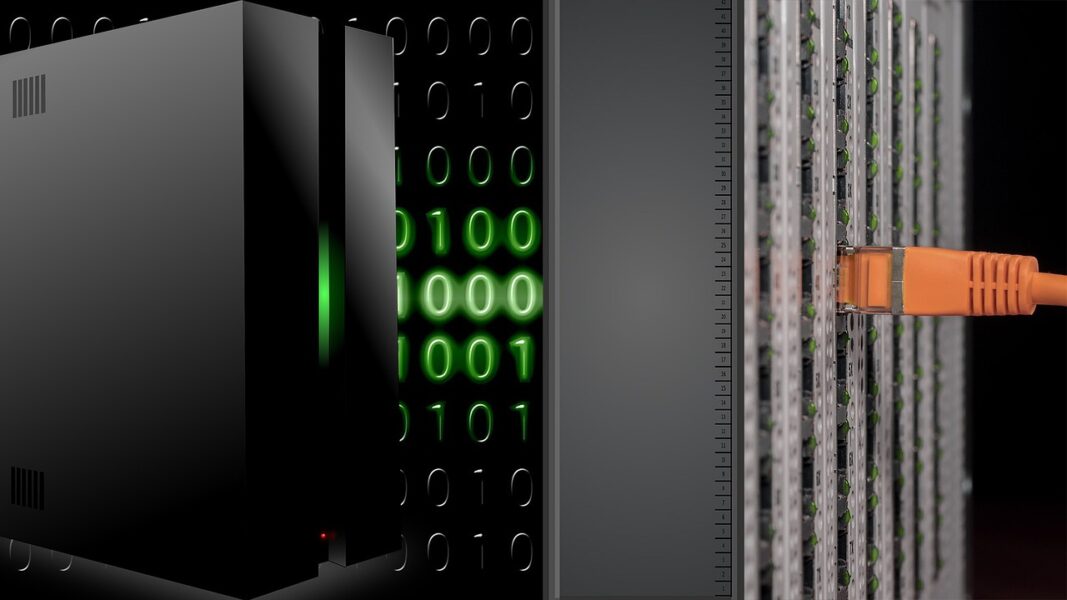Personal data is one of the most valuable assets we possess, yet it’s constantly at risk. From identity theft to phishing scams, there are countless threats targeting sensitive information. With the rise of online platforms and interconnected systems, the potential for data breaches has grown significantly. Understanding these risks and learning how to protect yourself is crucial. This article explores the most common threats to personal data, how they work, and what steps individuals and organizations can take to keep their information secure.
Phishing Scams and How They Work
Phishing scams are one of the oldest and most common ways cybercriminals steal personal data. These frauds deceive individuals into sharing confidential details, like passwords or credit card information, by posing as trustworthy entities. For instance, you could get an email appearing to be from your bank, requesting you to confirm your account information. Once you click the link, your information can be captured. To avoid falling victim, always verify the sender’s authenticity and avoid clicking on suspicious links. A strong awareness of these tactics is the first line of defense against phishing attacks.
Data Breaches in Large Organizations
Large organizations often store vast amounts of personal data, which makes them prime targets for cyberattacks. A data breach happens when cybercriminals gain unauthorized access to a company’s systems to extract confidential information. These breaches can expose millions of records, including names, addresses, and even financial details. While organizations use firewalls and encryption to protect their systems, breaches can still happen. Many businesses now rely on API security solutions to secure the exchange of data between systems, which ensures that even if hackers breach one area, sensitive information remains protected during transfers. This extra level of protection reduces the likelihood of widespread breaches.
Weak Passwords and Unsecured Devices
Weak passwords and unsecured devices are another major threat to personal data. Utilizing weak passwords or reusing them across different accounts simplifies hackers’ efforts to gain access. Similarly, devices without proper security measures, such as antivirus software or firewalls, are more vulnerable to attacks. To protect yourself, use strong, unique passwords for every account and enable two-factor authentication where possible. Regularly updating your devices and software also helps patch vulnerabilities that hackers could exploit. These simple steps go a long way in protecting personal data.
Public Wi-Fi and the Dangers of Unsecured Networks
Public Wi-Fi networks are convenient but can also be dangerous. These networks often lack proper security. They allow hackers to intercept your data while you browse. For example, entering sensitive information, such as banking details, over a public network could expose it to cybercriminals. To stay safe, avoid accessing sensitive accounts or making online payments while connected to public Wi-Fi. If you must use these networks, consider using a virtual private network (VPN) to encrypt your data. Staying cautious about your online activities can prevent unnecessary risks.
Taking Responsibility for Data Protection
Protecting personal data requires a shared effort between individuals and organizations. While companies invest in advanced security measures, individuals must also take responsibility by practicing safe online habits. Being aware of potential threats, using secure tools, and staying vigilant can make a huge difference. Personal data is a valuable asset, so make sure you protect it.
